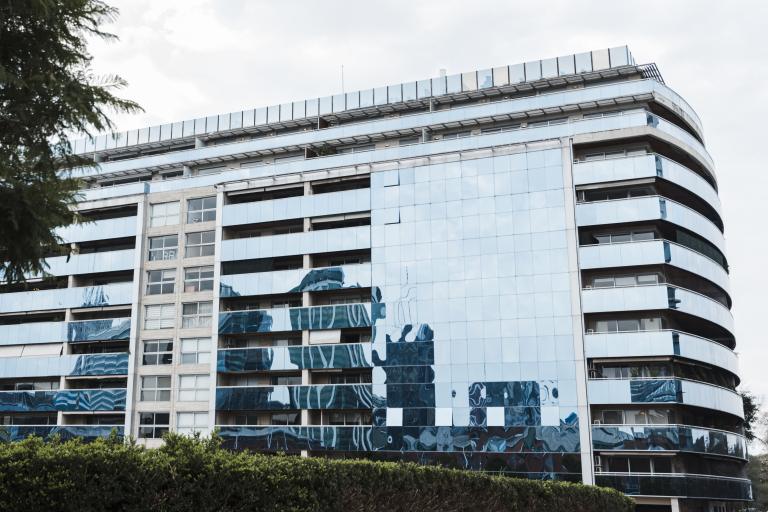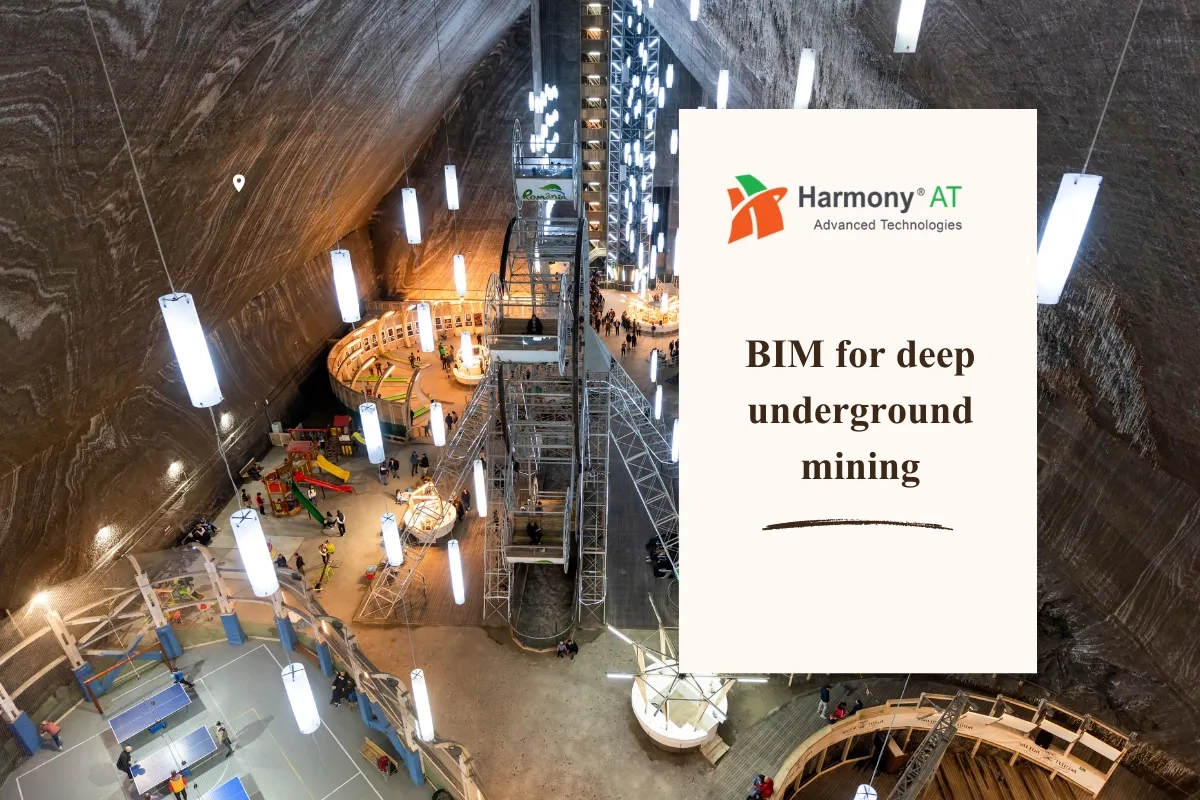The ever-evolving landscape of healthcare infrastructure demands innovative solutions to keep pace with technological advancements and growing patient needs. In this context, Harmony AT undertook a pivotal project to optimize the design of a multistory hospital by transitioning from traditional 2D AutoCAD drawings to advanced 3D Revit BIM models. Harmony AT's team leveraged their expertise to enhance design accuracy and coordination. This blog post delves into the intricate process of this transformation, highlighting the benefits of 3D modeling in modern healthcare construction, particularly in terms of clash detection, MEP installation, and overall project efficiency.
Initial 2D Drawings
The hospital entrusted our team at Harmony AT with a set of 2D drawings created in AutoCAD software. These drawings served as the initial blueprint for their multistory hospital project. The drawings included:
Types of Drawings
Floor Plans: Detailed layouts of each floor, showcasing the location of rooms, corridors, and other functional areas.
Sections: Vertical slices through the building, illustrating the relationship between floors, ceiling heights, and potential structural elements.
Elevations: External views of the hospital from various sides, depicting the overall building form and architectural details.
While 2D drawings offer valuable information, they present certain challenges for complex projects like multistory hospitals
Limited Visualization
2D drawings lack the depth and spatial awareness that 3D models provide. This can lead to difficulties in fully comprehending the design intent and potential clashes between building systems.
Clash Detection Issues
Identifying potential conflicts between different building elements (electrical, plumbing, mechanical – MEP) is more cumbersome with 2D drawings, requiring a meticulous overlay process.
Communication Barriers
2D drawings can hinder collaboration between design teams working on different disciplines. A 3D model offers a more unified platform for communication and visualization.
Reduced Efficiency
Changes or modifications to the design often necessitate revisions to multiple 2D drawings, which can be time-consuming and prone to errors.
2D to 3D Revit BIM Models for Multistory Hospital
Building Information Modeling (BIM) is a transformative approach to construction design and management that offers a multi-dimensional, highly detailed digital representation of a building. BIM encompasses not only the physical aspects of a building but also its functional characteristics, allowing for enhanced visualization, simulation, and collaboration among all project stakeholders. The advantages of BIM include improved accuracy in design, better clash detection and resolution, more efficient project management, and a significant reduction in construction time and costs due to minimized errors and reworks.

Harmony AT's team of BIM specialists embarked on a meticulous process to transform the 2D AutoCAD drawings into a comprehensive 3D Revit BIM model. Here's a breakdown of the steps involved:
Initial Study and Analysis
Our engineers thoroughly reviewed the 2D drawings to ensure clarity, completeness, and adherence to architectural standards. This initial assessment helped identify any potential inconsistencies or missing information that might require clarification with the hospital team.
Conversion using Revit Software
Utilizing the industry-leading Revit software, our team meticulously recreated the hospital design in 3D. Walls, floors, ceilings, doors, and windows were modeled with precise dimensions and locations, faithfully reflecting the original 2D plans.
Maintaining Design Integrity
Throughout the conversion process, a core focus remained on preserving the design intent as conveyed in the 2D drawings. Our team maintained the same level of detail and adhered to the specified dimensions and layouts. This ensured a seamless transition from the initial design concept to the 3D BIM model.
Clash Detection and Resolution
In any construction project, especially complex ones like multistory hospitals, identifying and resolving potential clashes between building systems is crucial for a smooth and successful build. Clashes occur when different building elements – electrical conduit, plumbing pipes, structural beams – occupy the same space, leading to costly delays and rework on-site.
This is where 3D Revit BIM models truly shine. Unlike traditional 2D methods, BIM technology facilitates proactive clash detection, allowing us to identify and address these conflicts virtually before construction begins. Here's how Harmony AT leveraged BIM to achieve clash-free design for the hospital project:
Importance of Early Detection
Clashes discovered during construction can be incredibly disruptive, requiring field changes, delays, and potentially wasted materials. Early detection through BIM allows for timely resolution, minimizing these disruptions and keeping the project on track.
BIM's Built-in Tools
Revit software boasts powerful clash detection functionality. We can define specific rules and tolerances for different building elements. The software then automatically identifies any potential overlaps or conflicts between these elements, generating detailed reports with a visual representation of the clash locations.
Harmony AT's Approach
Our BIM specialists meticulously reviewed the clash detection reports generated by Revit. Each identified clash was then categorized by severity and location. We then worked collaboratively with the project engineers and other stakeholders to develop optimal solutions for resolving these conflicts. This might involve rerouting MEP systems, adjusting structural elements, or modifying architectural details – all within the 3D BIM model.
Enhancing MEP Installation: Precision Pays Off
For a multistory hospital, a well-functioning MEP (Mechanical, Electrical, Plumbing) system is vital. Detailed 3D BIM models, generated through the 2D to 3D conversion process, play a critical role in streamlining MEP installations and ensuring optimal building performance. Here's how:
The Power of Detail
A meticulously crafted 3D BIM model provides a wealth of information beyond just the physical layout of the building. Our team incorporates crucial design details relevant to MEP systems, such as:
Precise Routing
The 3D model accurately depicts the designated pathways for electrical conduits, plumbing pipes, and HVAC ductwork. This eliminates guesswork during installation and ensures all MEP elements fit seamlessly within the designated spaces.
Equipment Specifications
The BIM model can house detailed data for each MEP equipment item, including its size, location, and technical specifications. This empowers MEP contractors to plan material procurement and installation efficiently.
Clear Coordination
The 3D model serves as a shared platform for all stakeholders involved in MEP installation. Designers, engineers, and contractors can work collaboratively to identify potential challenges and ensure all MEP systems integrate flawlessly.
Project Outcomes and Benefits: Building a Better Hospital
Harmony AT's 2D to 3D BIM modeling approach for the multistory hospital project yielded significant benefits that will positively impact the entire building lifecycle. Here's a look at some key project outcomes:
Improved Design Accuracy
By meticulously transforming 2D drawings into a comprehensive 3D Revit BIM model, we achieved a more precise and spatially aware design. This proactive approach facilitated clash detection and resolution in the virtual realm, minimizing the risk of errors and rework during construction.
Enhanced Coordination Among Teams
The 3D BIM model served as a central hub for communication and collaboration throughout the project. Architects, engineers, and MEP contractors all worked from a single source of truth, ensuring a more streamlined and coordinated design process.
Reduced Construction Time and Costs
Early identification and resolution of clashes in the BIM model helped to avoid costly delays and rework on-site. Additionally, the detailed and accurate information within the model empowered MEP contractors for efficient installations, leading to faster construction timelines and reduced overall project costs.
While 2D drawings provide a foundation, they can limit visualization and clash detection in complex projects. Harmony AT bridges this gap by offering BIM modeling services. Our 2D to 3D conversion process unlocks the power of BIM, creating a detailed digital replica of your building. This empowers early clash detection, fosters better collaboration, and streamlines construction – leading to a more efficient, cost-effective, and ultimately, a higher quality building for your vision. Contact Harmony AT today and see how BIM modeling can transform your next project.
Categories





